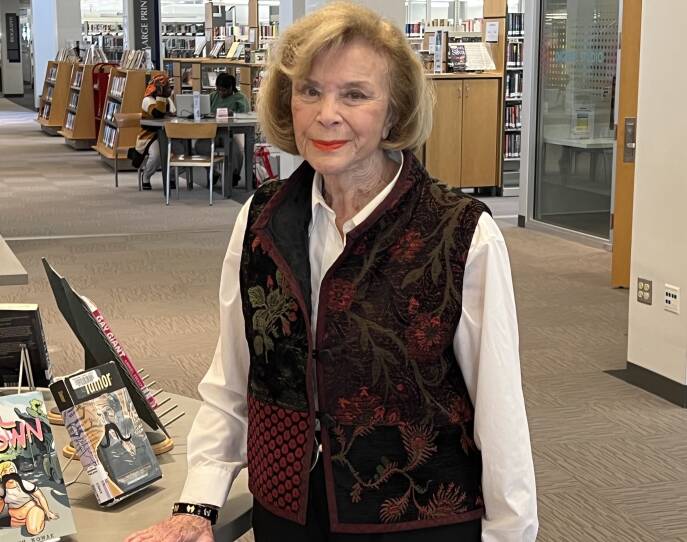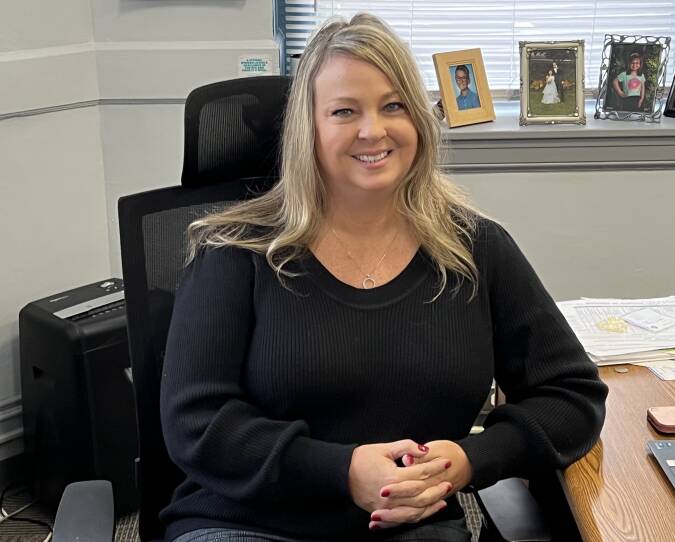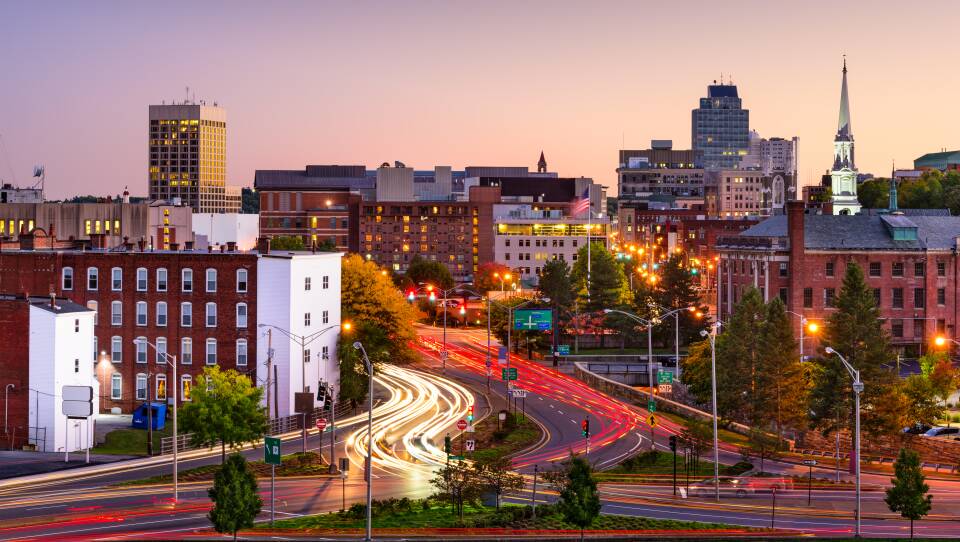Boston is the largest city in New England, with a population of about 651,000 people. Do you know which city comes in second?
Stumped? I posed the same question to more than a dozen people during a recent walk around Boston, and they struggled, too. Some guessed Providence or Portland. Others thought Hartford or Burlington.
New England’s second most populous city is actually Worcester, Massachusetts, with a population of about 206,000 people.
It’s understandable that some people may not be up to date on U.S. Census data. But when I told folks Worcester is the second largest, they said they were surprised — for a similar reason.
“It’s just not one that would have even crossed my mind,” said Justin Bratt, who’s originally from Danvers, Massachusetts, and now lives in New Hampshire. “I’ve heard some things. It’s not like the greatest area.”
“Downtown Worcester is empty. You won’t find anything after 8 p.m.,” added Jay Neogi, who has lived around Greater Boston since 2016.
Sure, Worcester may not have as much to do as Boston, a city triple its size. But to set the record straight, Worcester does have a lot to offer — whether it’s going to a Worcester Red Sox baseball game, bar hopping or visiting various museums. There’s a vibrant arts and culture scene and burgeoning life sciences industry with colleges and universities dotting the city.
Still, Worcester community leaders and tourism experts say outsiders seem to overlook the city as a major center in New England in part because they have a misconception of it stemming from what it used to be.
During the Industrial Revolution, Worcester was a flourishing manufacturing center. But as factories closed in the 20th century, Worcester’s population declined and former manufacturing buildings decayed. In 1987, a New York Times article called Worcester “Massachusetts’ utility closet.” Harriette Chandler, who represented the Worcester area for more than two decades, first as a state representative and then as a senator, said that’s been a sticky reputation to shake.

“The postindustrial world was not particularly gracious to Worcester,” Chandler said. “We’d been riding along for so long and people sort of got used to whatever they saw around them.”
Worcester’s landscape finally began to improve as city leaders invested in revitalizing blighted areas. They restored the city’s neoclassical train station, which sat abandoned for more than 20 years. They demolished a desolate downtown mall, fueling an economic boom commonly called the “Worcester renaissance.” The expansion of UMass Chan Medical School has also helped the city become a regional hub for biotech development and medical research.
In recent years, city leaders and tourism advocates have tried to showcase Worcester’s progress and brand it as a place outsiders should at least visit.
During an interview in her office, Monique Messier Joseph, president of Discover Central Massachusetts, showed off colorful visitor guides the agency distributes throughout the year, highlighting different seasonal activities around Worcester — from skiing in the winter to hiking and attending concerts in the summer.

Those marketing efforts appear to have made an impact. Worcester’s population has increased about 14% since 2010. In fact, many housing advocates have become concerned the city is growing too fast and beginning to gentrify as housing prices surge .
Still, Joseph noted that more regional attention on Worcester will help bolster its small businesses, jobs and economic prosperity. And despite the city’s population growth, Worcester’s tourism industry lags behind its competitors. In 2021, for example, visitors spent $369 million in Worcester compared to $908 million in Providence, according to data from Discover Central Massachusetts and Rhode Island’s commerce department.

Joseph said that disparity stems in part from Worcester having less name recognition and marketing funding than capital cities like Providence and Boston.
Worcester also lacks its own TV media market, instead sharing one with Boston. That’s translated to sparse regional news coverage of New England’s second largest city. And in order for businesses to advertise, they have to compete for limited and expensive airtime with Boston competitors.
“Marketing is expensive,” Joseph said. “So a city like ours, double or triple our spend [on marketing] would be amazing. That would put us on the map.”
“Double or triple our spend [on marketing] would be amazing. That would put us on the map.”Monique Messier Joseph, president of Discover Central Massachusetts
There are other factors keeping Worcester from receiving the attention it deserves, according to local business owners and community leaders. Unlike other big cities in New England, Worcester doesn’t sit on the ocean or a river that could attract visitors.
Worcester’s commercial center also is spread out with limited transportation options, and there’s no major interstate highway connected to the city, so many people never see it as they’re driving through the Northeast.
Bill Wallace, executive director of the Worcester Historical Museum, said these characteristics have combined to give Worcester an inferiority complex.
“It is maybe even an unspoken perception of, ‘Well, we’re not Boston. We’re not Providence,”’ Wallace said. “Well, so what are we gonna do next? What’s next for making Worcester a destination?”
Wallace and other community leaders said a way to help Worcester stand apart in a positive way could be to tout what makes it different from other places around New England. For example, instead of highlighting well-known amenities like the Polar Park baseball stadium so much, put more emphasis on Worcester’s rich culture scene, diverse small businesses and quirkiness — like being the birthplace of the smiley face, monkey wrench and modern-day rocket.
“It’s such an unpredictable grab bag of amazing offerings,” said Juliet Feibel, executive director of ArtsWorcester. “What’s not going to make it great is just trying to be like some other town.”





